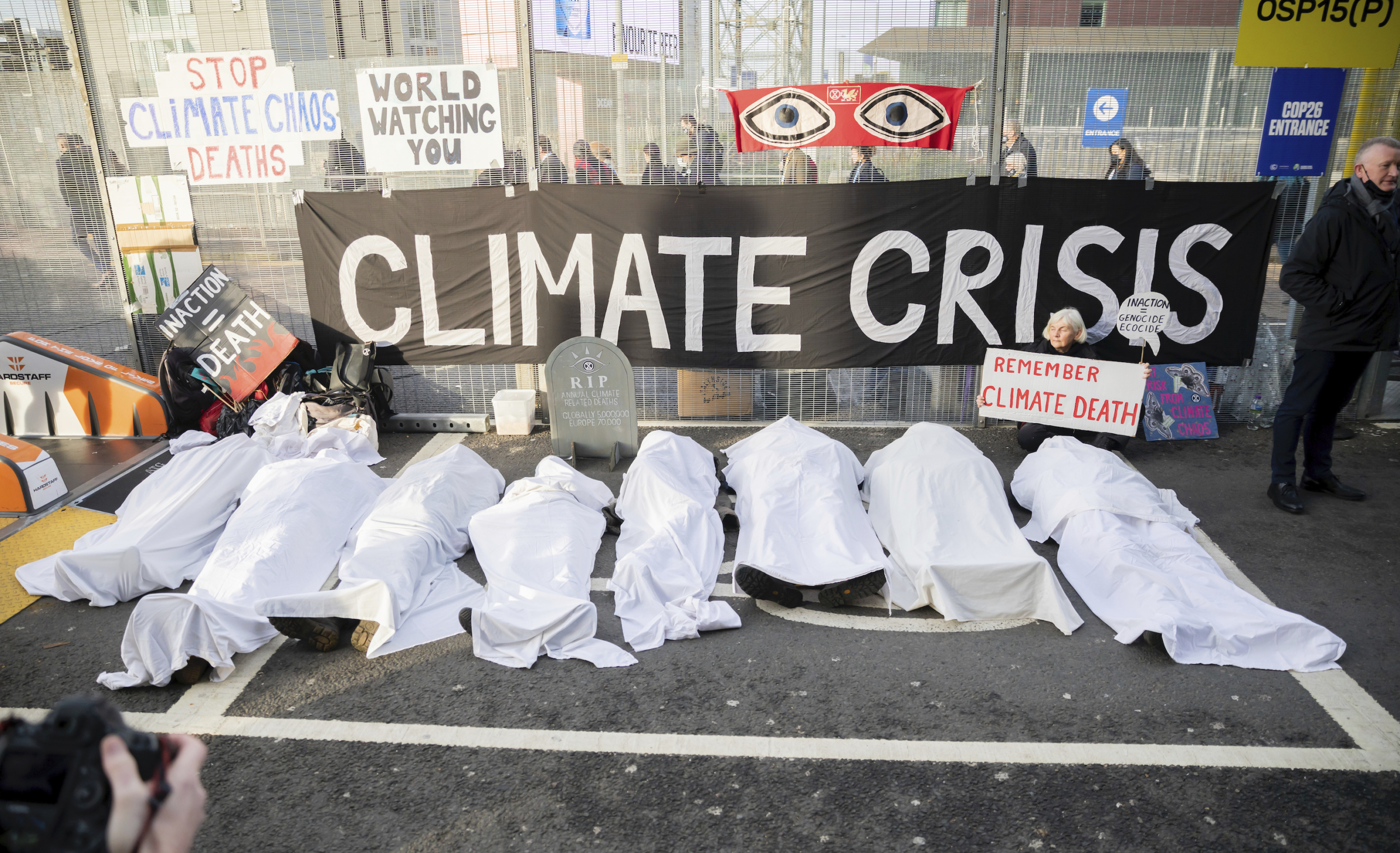Sign up for The Media Today, CJR’s daily newsletter.
Is there a right way to cover the climate crisis?
Until very recently, it was a struggle to get newsrooms to cover the story at all. Our organization, Covering Climate Now, was launched five years ago out of frustration, as too many journalists and publications failed to give the climate story the attention it deserved. (We pointed, for instance, to the fact that outlets gave forty times more coverage to the Kardashians than to rising ocean temperatures caused by climate change.)
While that attention gap still exists—newsrooms still aren’t matching the scale of the story with the resources needed to cover it—there has been real progress. Climate is finally making its way up the newsroom priority list.
So today we face a new and better problem: not whether to cover climate, but rather how to do it effectively. As the climate beat has grown, many of the people now writing about the climate crisis are new to the story, as are many of their readers.
Polls show that a clear majority of Americans today are concerned about how the climate crisis will affect them, their jobs, and their families. Our job as journalists is to tell that story in its entirety at a particularly tricky moment in our history: newsroom budgets are shrinking, the news cycle is more demanding than ever, and some political leaders are working overtime to turn the climate story into a culture-war fight.
In September 2023, hundreds of people committed to answering this question at a two-day conference at the Columbia Journalism School. Through panel discussions, working-group sessions, and testimonials about coverage that worked, a picture started to emerge, showing how journalism could evolve to meet the climate challenge and what was needed to make that happen. In the year since, those ideas have enabled us to plot a path forward for the profession as it stares down the defining story of our time.
Think of this blueprint as a scaffold of ideas about how to more effectively approach this enormously complicated story. Not all of the guidance will apply to you or your newsroom, and it’s entirely likely that some critical notions about how best to think about climate coverage for your audience will be missing entirely. But these ideas are meant to start the next phase of our conversation about covering climate, and we want to hear your input.
In all its iterations, we aim for this blueprint—like climate coverage more broadly—to center the people most affected and ensure that we, as a profession, do justice to the scale of the emergency before us.
You’ll find here fourteen chapters, reflecting the working groups organized at last year’s conference. Authors include my colleague at CCNow Andrew McCormick on climate as the everything story, Amy Westervelt on myths and disinformation, Omaya Sosa Pascual on going beyond fossil fuels, Rachel White on funding, Justin Cook and Caitlin Ochs on visualizing climate change, and Yessenia Fuenes on mental health and climate trauma. All the chapters include specific recommendations for journalists.
The climate crisis is here, now, affecting all of us every day. As such, it is the most important story on Earth. Journalism, finally, is beginning to do it justice.

Has America ever needed a media defender more than now? Help us by joining CJR today.





